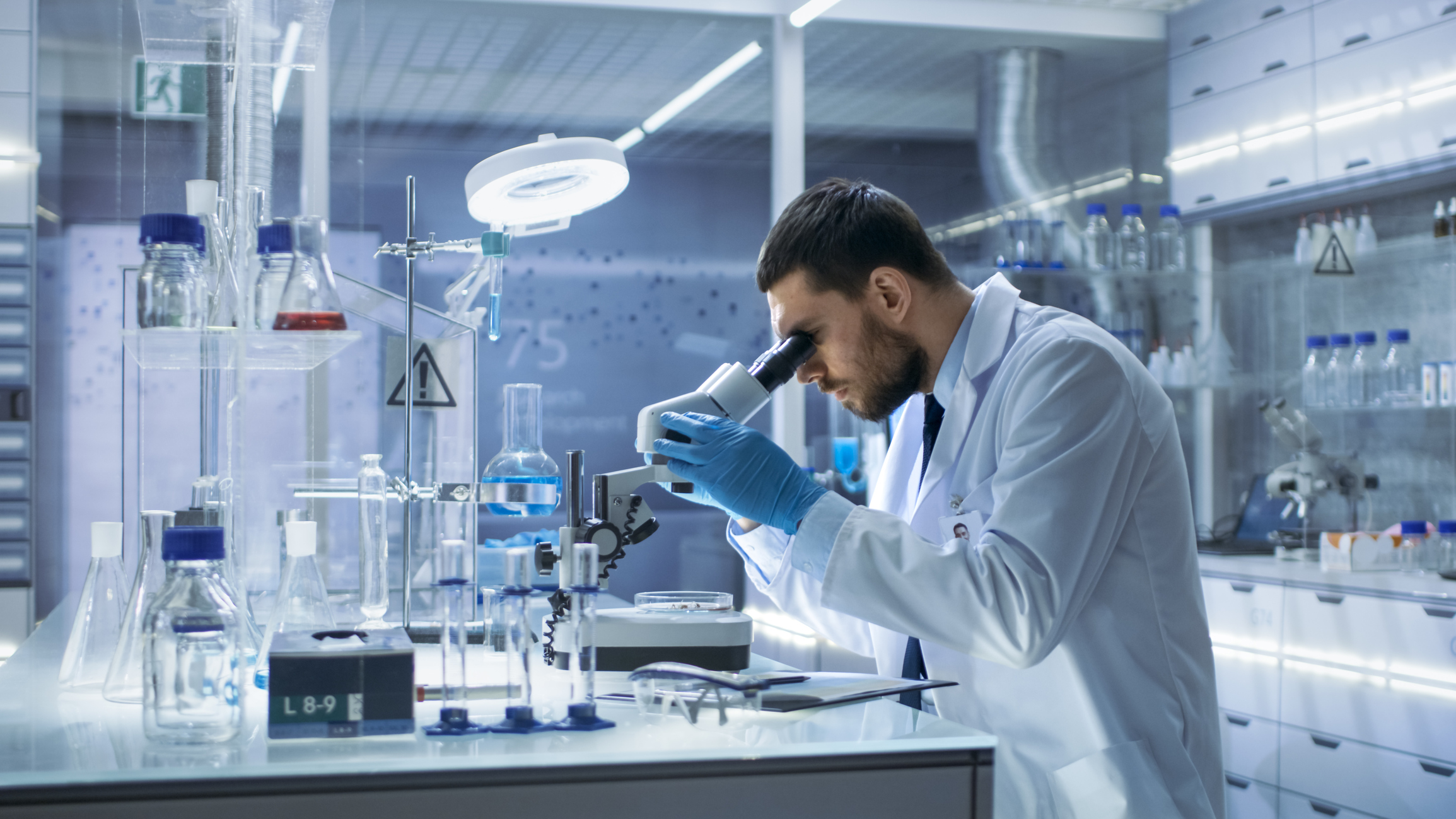Developing New Nanomaterials to Improve Drug Delivery
6 Mar 2020

Nanomaterials offer exciting benefits for drug delivery, including improved drug stability and targeting. A new study sets out a simple new method for creating polymer-coated carbon nanotubules with promising potential, particularly for the delivery of cancer treatments.
The benefits of nanomaterials for drug delivery are wide-ranging, including the encapsulation of both hydrophilic and hydrophobic substances, improved drug stability and targeted delivery. Many therapies are already in use for treating cancer, exemplifying their potential.
But challenges remain, including finding ways to ensure the maximum dose reaches the target site versus its wider distribution around the body.
Recently, there has been growing interest in the influence of various physical properties of nanomaterials on their interaction with cells and tissues. These include their size, shape and stiffness and surface chemistry, which have all been shown to influence cytotoxicity, drug release, targeting and imaging contrast efficiency.
Improved Nanomaterials
Scientists are investigating new ways of modifying nanomaterials to optimize their drug delivery capabilities.
A range of different geometries and structures are synthetically possible, including nanoparticles, nanotubes, nanodisks, nanoshells, and nanowires. Generally, non-spherical shapes with high aspect ratios (length/diameter) provide improved drug delivery potential.
Due to their interesting properties, carbon nanotubules (CNTs) have the potential for use as drug delivery systems. However, although CNTs have advantages for drug loading, their inherently hydrophobic nature limits their possibilities.
Polymer Coatings
One approach for improving the stability of CNTs is grafting polymers onto their surface.
An attractive choice is a polymer called poly(ϵ-caprolactone) (PCL), which has been widely investigated for drug delivery and is already a component of clinically-approved devices. Several composite materials of PCL and CNTs have been developed, which are showing promising properties for biological applications.
But so far, there are only a few examples of CNTs and PCL nanocomposites in the form of nanoparticles. Most of these have been created by chemically attaching PCL to the surface of the CNT and are only dispersible in organic solvents, limiting their usage.
To try and overcome this, scientists are looking towards alternative methods that don’t rely on chemical bonds. These are attractive because of their relative simplicity and fewer defects to the structure of the CNTs.
A Simple New Protocol
Now, a team of researchers set out a straightforward new method for producing non-spherical CNT and PCL nanocomposites and demonstrate their drug loading potential.1
Their technique involves an oil-in-water emulsion solvent evaporation route using PCL, NCT, and sodium dodecyl sulfate (SDS). During the process, the researchers used ultrapure water prepared using a Purelab® option R.
The researchers successfully created non-spherical PCL-NCT nanoparticles with high aspect ratios. They found that altering the ratio of their reagents led to variations in the size and shape of the nanocomposite particles that were generated.
Loading Cancer Drugs
The team next investigated the potential for loading their nanocomposites with the cancer drug docetaxel (DCX), showing PCL-CNTs have comparable efficiencies to either the CNTs or PCL nanoparticles alone.
They also showed that the nanocomposites are able to release DCX. Interestingly, they observed differences in the release behavior of the drug from different nanocomposite samples, which could offer a potentially straightforward way of fine-tuning the drug’s release profile.
This simple new protocol offers a new way of generating PCL-CNT nanocomposites using a simple method. This opens new opportunities for combining the benefits of CNTs with PCL, a medically-proven polymer, which may provide unique materials with promising biomedical applications including drug delivery.
Why Choose ELGA LabWater?
Our history of innovation helps us to research new water purification technologies and techniques. ELGA has been a trusted name in pure and ultrapure water since 1937. We help you to achieve consistent, accurate results.
Reference:
Niezabitowska, E. et al. Facile production of nanocomposites of carbon nanotubules and polycaprolactone with high aspect ratios with potential applications in drug delivery. RSC Adv., 2018, 8, 16444-16454.
Dr Alison Halliday
After completing an undergraduate degree in Biochemistry & Genetics at Sheffield University, Alison was awarded a PhD in Human Molecular Genetics at the University of Newcastle. She carried out five years as a Senior Postdoctoral Research Fellow at UCL, investigating the genes involved in childhood obesity syndrome. Moving into science communications, she spent ten years at Cancer Research UK engaging the public about the charity’s work. She now specialises in writing about research across the life sciences, medicine and health.
